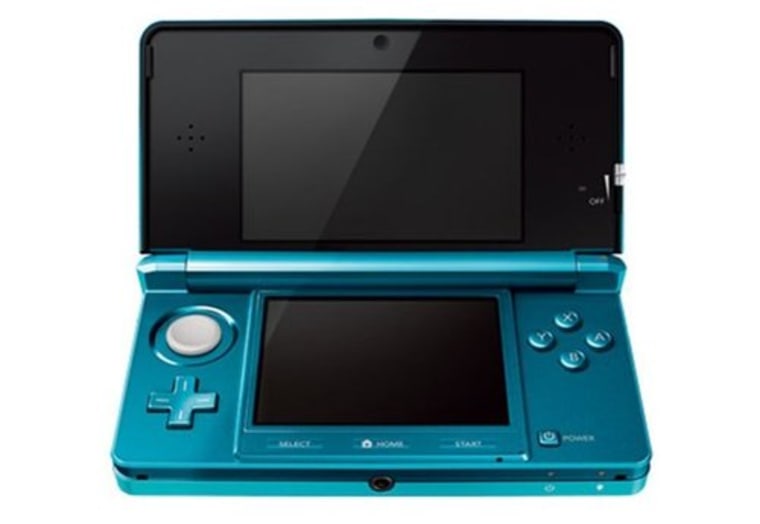Nintendo, Sony and Toshiba have all issued warnings telling parents to keep young children from playing 3-D games and watching movies shown in 3-D. But now, an organization representing family eye doctors says 3-D may not be bad for kids after all.
In fact, the American Optometric Association has issued a statement saying that the 3-D in movies, TV and games is may "help uncover subtle disorders that, left uncorrected, often result in learning difficulties."
As we reported last week, Nintendo has issued a warning saying that children under six years old should not play 3-D games on the forthcoming Nintendo 3DS handheld game machine. The gadget, which is scheduled to launch in March, lets players see 3-D images without having to use special glasses.
Nintendo's warning is similar to one that Sony issued as gamers became able to play 3-D games on the PlayStation 3.
Meanwhile, on Wednesday, the Wall Street Journal reported that Toshiba had issued a warning to keep children away from 3-D as it prepared to show off prototypes of its glasses-free 3-D televisions at the Consumer Electronics Show taking place in Las Vegas.
The concern has stemmed from the fact that, in children under 6 years old, vision is still developing and the muscles in the eyes are still not fully formed.
The American Optometric Association does call for moderation when it comes to letting children view 3-D games on a device like the Nintendo 3DS (which also can be played in standard 2-D mode). But it says children younger than 6 can use the 3DS in 3-D mode if their visual system is developing normally.
More importantly, the organization says that parents may be able to discover problems with their children's vision by observing how they react to the 3-D on their game machine.
[When viewing 3-D] Eye muscles must be coordinated well enough to experience single, clear and comfortable vision by maintaining alignment of both eyes. The brain must also match appropriate accommodative or focusing power with where the eyes are aimed. Often, subtle problems with these vision skills can lead to rapid fatigue of the eyes and loss of 3-D viewing, but also loss of place when reading or copying, reduced reading comprehension, poor grades and increased frustration at school. Difficulties with appreciating 3-D in movies, TV and Nintendo's 3DS, or discomfort when engaging in these activities may be an important sign of undetected vision disorders...Since vision develops from birth, it is crucial to uncover the type of vision disorders that may interfere with Nintendo 3D viewing at an early age.
The AOA, of course, recommends regular and comprehensive eye examines for all children. But it says that if children experience the "3 Ds of 3-D viewing" — discomfort, dizziness, or lack of depth — it becomes especially important that a doctor examine their eyes.
(Thanks to Kotaku for the heads up.)
Nintendo warns: No 3-D gaming for young players
Nintendo introduces 3-D game machine
Nintendo 3DS launching spring 2011 ... prepare your wallet
Winda Benedetti writes about games for msnbc.com. You can follow her tweets about games and other things right here on Twitter.
